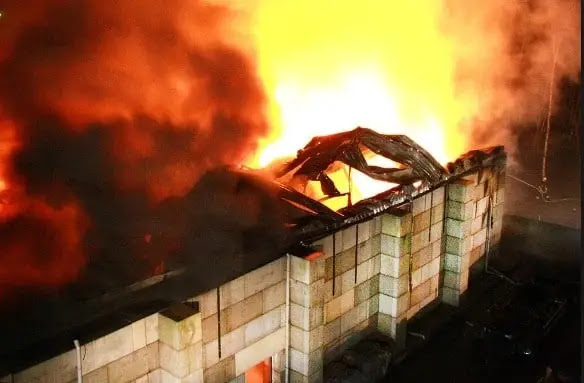Building design and construction have an enormous effect on fire safety in any given structure. Fireproof materials used strategically can slow the spread of flames and smoke, giving occupants more time to escape while providing firefighters with better conditions to extinguish fires more effectively. Here we discuss aspects of construction that contribute to fire resistance in buildings.
Understanding fire resistance in building construction
Fire resistance in building construction refers to the ability of building components to resist fire and smoke in an orderly fashion within an allotted period of time. Usually measured as how well passive fire protection systems withstand standard tests for their fire proof ness.Fire-resistant materials
Fire-resistant materials can reduce fire spread by slowing its expansion and restricting smoke release and toxic gas production. Examples include:
- Concrete: Due to its slow heat transfer properties, concrete provides outstanding fire resistance.
- Fire-resistant glass: This type of glass can resist heat and remain intact under high temperatures for a specific period, providing a barrier against fire while allowing visibility for evacuation and firefighting efforts.
- Gypsum board: Also known as drywall, it's a common material used in walls and ceilings that provides a significant level of fire resistance.
- Brick and mortar: Both materials offer outstanding fire-retardant properties.
Building design and layout
The design and layout of a building can significantly affect its fire safety. Key considerations include:- Compartmentation: This involves dividing a building into separate compartments using fire-resistant walls and floors to prevent the spread of fire and smoke.
- Egress routes: Buildings should be designed to provide clear and accessible egress routes for evacuation and entry routes for firefighters.
- Ventilation systems: These should be designed to prevent the spread of fire and smoke and may include fire and smoke dampers and smoke control systems.
Fire resistance ratings
Fire resistance ratings indicate the duration for which a construction element can withstand a standard fire test. These ratings are used to classify the fire resistance of various elements, such as walls, floors, and fire doors.Building construction and fire resistance are critical aspects of fire safety in buildings. Fire-resistant materials and clever building design can significantly decrease fire risks. We will examine fire safety measures implemented within high-rise buildings as well as any particular challenges they present for fire safety.
More.........
- Learning from Fire Incidents: Case Studies
- Post-Fire Recovery and Investigation
- Fire Safety in Healthcare and Educational Institutions
- Fire Emergency Communication and Coordination
- Fire Safety Compliance and Enforcement
- Fire Risk Assessment Process
- Fire Safety Inspections and Audits
- Fire Safety Systems Integration
- Fire Suppression Systems and Equipment
- Fire Safety in Industrial and Manufacturing Facilities
- International Fire Safety Codes and Practices
- Fire Safety Measures in High-Rise Buildings
- Emergency Evacuation Planning
- Fire Detection and Alarm Systems
- Fire Investigation Techniques and Procedures
- Firefighting Techniques and Equipment
- Fire Safety Planning and Documentation
- Fire Risk Management Strategies
- Fire Safety Legislation
- Fire Prevention Strategies
- Evacuation Techniques and Strategies
- Fire Safety Roles and Responsibilities
- Emergency Response Planning and Procedures
- The Importance of Fire Safety
- Building Construction and Fire Resistance
- Importance of Fire Safety Training
- Fire Safety in Offices and Administrative Buildings
- Fire Safety in Warehouses and Storage Facilities
- Fire Safety Regulations and Standards
- Fire Science and Behavior
